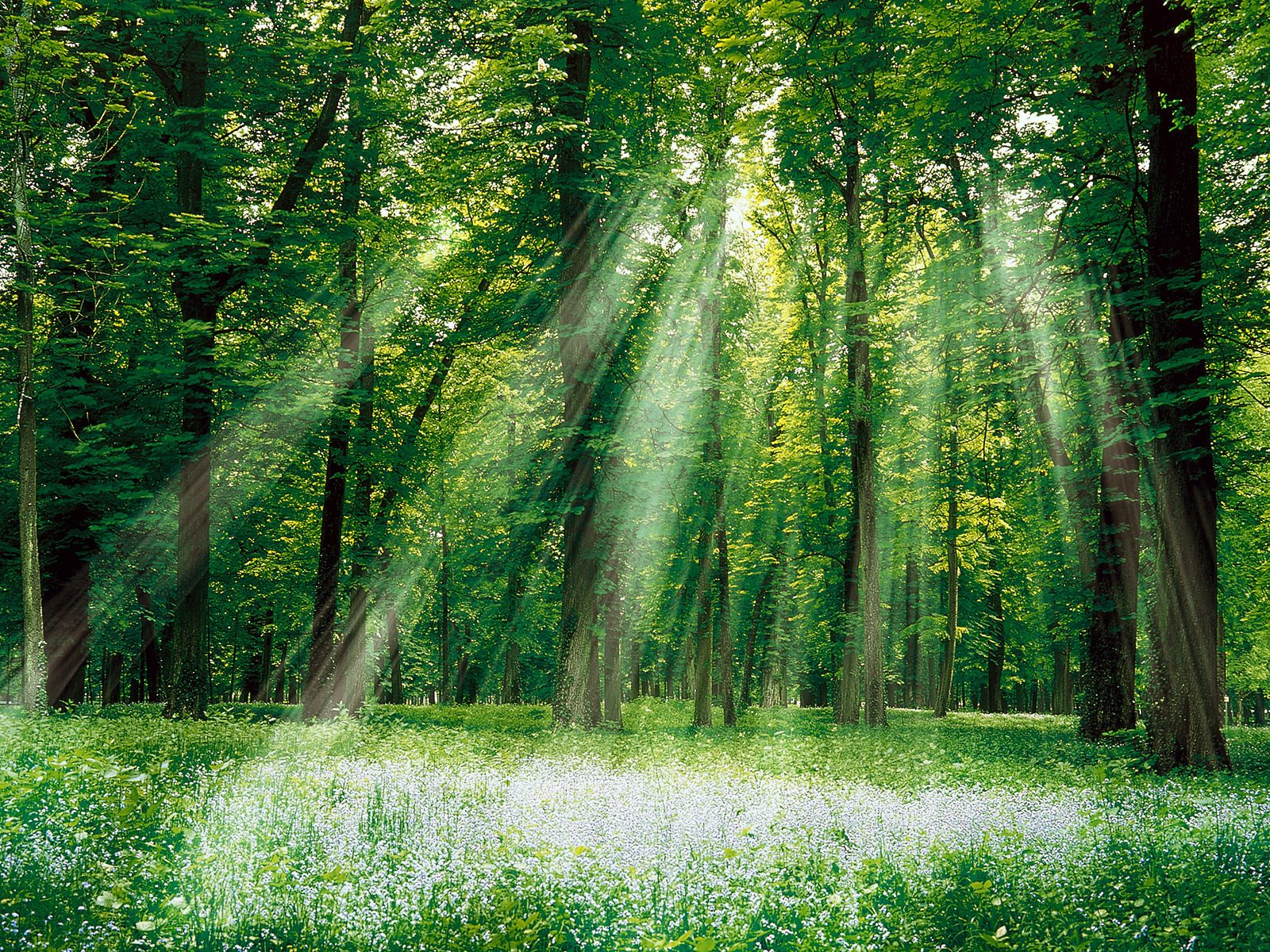The Forest of Depth and Complexity

Description: World Forestry Day | Forestry Day | World Forest Day | Forests
Image copyright: http://wikinary.wordpress.com/2011/03/19/world-forestry-day-forestry-day-world-forest-day-forests/
Change over time
Change over time applies to how a forest grows. First, the forest was just open field. Then, the wind and birds dropped seeds onto the field; weeds like goldenrod, chickweed, and ragweeds grew. The first of the trees grew, white pines. Also, primary consumers like, song sparrows, bobolinks, birds, meadow mice, cottontail rabbits, woodchucks, moles, and shrews moved in. After that, secondary consumers like snakes, hawks, and owls moved in to hunt for the primary consumers. The plain field changed to a forest full of unique animals. This was an example of change over time.
Details
In the forest lie many, many details. One of the many details in the redwood forest is the banana slug. If not paying attention to the path, you might step on one of these mollusks. Banana slugs are decomposers, meaning that they eat things like scat [poop], leftovers from vultures, and various other things. These creatures help decompose the dead animals. A banana slug isnít the only type of decomposer; thereís much, much more. Decomposers are so useful that they even eat dead foxes. Foxes are what they call secondary consumers; they eat primary consumers, which eat producers such as plants. A forest might be a bunch of trees to you, but there are more small things than you can ever imagine.
Multiple Perspectives
Different species have different perspectives [points of view] in the forest. A banana slugís point of view in a forest is to eat leftovers from other animalís meals or decompose dead animals. A lumberjackís point of view of a forest is to cut down trees to make products like picnic tables, and so the lumberjacks can make lots of money. That is an example of multiple perspectives.
Patterns
If you look beyond the details, there are patterns hidden between the twists and cracks in the forest. There can be patterns in many species, such as animals and plants. Sometimes, birds drop seeds onto the ground. Once dropped onto the ground the seeds get planted. Later, the seeds will grow into plants, and the plants will grow into trees and bushes. The plants and trees will attract animals such as rabbits, song sparrows, and catbirds. These animals are called first level consumers. Other animals, such as snakes, owls, and hawks are called secondary consumers. Secondary consumers eat first level consumers. These animals come to the forest for food and shelter.
The trees provide shade, but most plants need sun, not shade. If these plants donít get shade, then they will die, and if the plants canít grow food because theyíre dead, then there wonít be food for the animals. Some plants might die because of the lack of light. The plants that die might have food. The plants and bushes that didn\'t die will get eaten by the animals. If there is not enough food for first level consumers, they will die. If all the first level consumers die they will get their body eaten by the secondary consumers. If all the first level consumers die and they have all been eaten, then the secondary consumers wonít have anything to eat, so they will also die if plants haven\'t grown back yet. Now and then, a tree dies and falls to the ground. If some of the trees die, then the shade they created with their leaves and branches will go away, and there will be more sun. If there is more sun, then the plants that need sun will grow again. Then, since the plants have nutrients in them, the plants will attract first level consumers to eat it, so the first level consumers will come back to get the nutrients in the plants. If first level consumers come back, secondary consumers will also come back to eat the first level consumers. Trees will grow back from the dead animals\' nutrients. When the trees grow back, there will be no more sun for some plants. Soon, they will die because the plants wonít get the sun they needed. Then the pattern continues again and again forever.
These are youtube videos. Copy and paste them if you would like to watch them:
- http://www.youtube.com/watch?v=3nRVZPJdXOo
- http://www.youtube.com/watch v=G2RuVxdr0mA&list=PL5EE6E65FEDEBEAD6
- http://www.youtube.com/watch?v=9nvAzt9sWIg&list=PL5EE6E65FEDEBEAD6
- http://www.youtube.com/watch?v=9nvAzt9sWIg&list=PL5EE6E65FEDEBEAD6
- http://www.youtube.com/watch?v=xt3XwCV3QSY
- http://www.youtube.com/watch?feature=fvwp&NR=1&v=-bUDylndVoY
